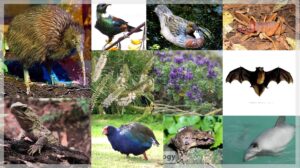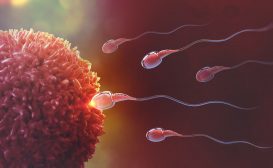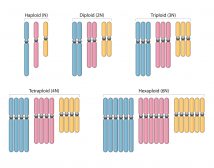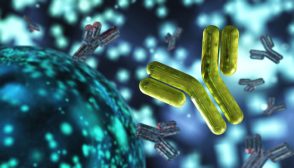Definition
noun, plural: alligators
A large crocodilian species of the subfamily Alligatorinae
Supplement
Alligatoridae is a family comprised of two sub-families: (1) Alligatorinae (true alligators) and (2) Caimaninae (caimans). The subfamily Alligatorinae has ten known genera. However, only one of them is extant, i.e. the genus Alligator. The other nine genera are already extinct, i.e. Chrysochampsa, Hassiacosuchus, Navajosuchus, Ceratosuchus, Allognathosuchus, Arambourgia, Procaimanoidea, Wannaganosuchus, and Krabisuchus. The genus Alligator or simply alligators are large carnivorous reptiles. There are two known species of alligators, i.e. A. mississippiensis (common alligator) and A. sinensis (Yangtze alligator). Morphologically, alligators have a shorter and broader snout than the crocodile, thus, shaped like a letter U, and the large teeth of the lower jaw shut into pits in the upper jaw, which has no marginal notches.
Caimans are a closely related species that also belong in the family Alligatorinae. Other references consider them as alligators. However, the species of the subfamily Alligatorinae are regarded as the true alligators. The caimans differ from alligators in lacking a bony septum between nostrils. They are also more agile and have longer, sharper teeth.1
Word origin: Spanish el lagarto (“the lizard”), from Latin lacertus (“lizard”)
Scientific classification:
- Kingdom: Animalia
- Phylum: Chordata
- Class: Reptilia
- Superorder: Crocodylomorpha
- Order: Crocodilia
- Family: Alligatoridae
- Subfamily: Alligatorinae
- Genus: Alligator Daudin, 1809
Scientific name:
Other common name(s):
- gator
See also:
Related term(s):
- Alligator mississippiensis
- Alligator sinensis
Reference(s):
1 Guggisberg, C.A.W. (1972). Crocodiles: Their Natural History, Folklore, and Conservation. p. 195.







